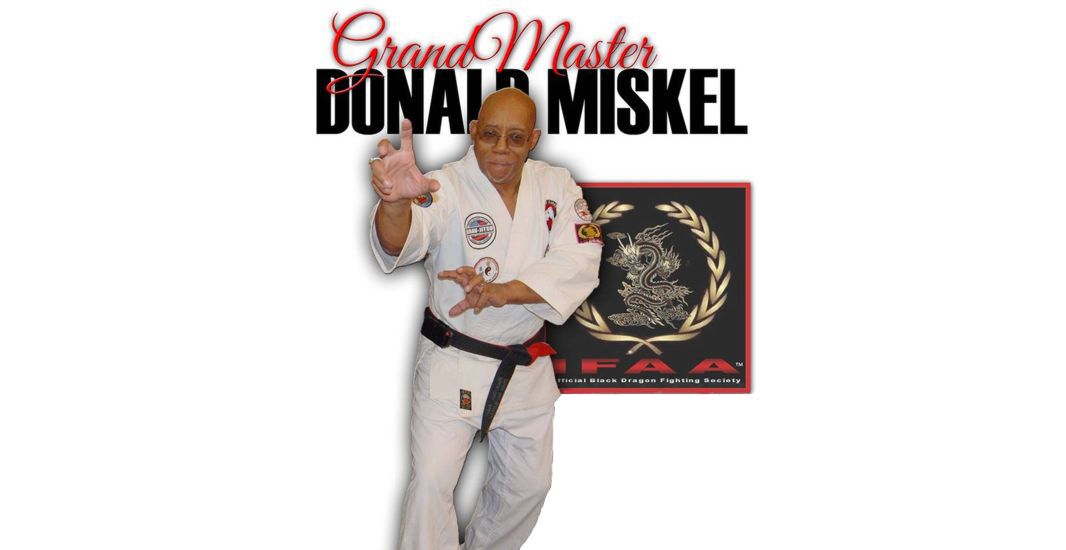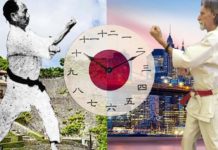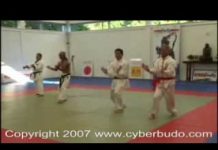The kata were created in such a way that they required careful learning, training and much repetition to acquire the skill and learn the lessons that they each.
True martial arts are a study in precision. Every stance, every move, every technique have been carefully thought out. Martial arts were developed over years, not in weeks or months. A lot of observation, a lot of thought, a lot of trial and error have gone into the final distillation.
There’s a difference between a martial art and a combat or self defense system. A combat or combat system is developed for those with immediate needs or who are in high risk professions. A lot of time isn’t available for learning a usable system to address their needs. They are simple and must be easily learned in a short time. A martial art is more concise and much more advanced. It will take years to learn and many more to perfect.
Most martial art subtleties are cataloged and sometimes hidden in their forms or what we call kata in the Okinawan/Japanese systems. The kata were created in such a way that they required careful learning, training and much repetition to acquire the skill and learn the lessons that they each. They are designed to make a technician train and study. It was the only way to access their deeper meanings. Most of the secrets of the art is hidden in its forms and it requires years of study and training to learn those secrets.
On the surface most kata are relatively simple. The average green belt student can learn the basic moves of most forms but it takes many years of patient training and exploration to extrapolate the deeper lessons they teach. In a traditional or classic art such as karate or kempo the kata is the art.
These days a student will learn many kata but that isn’t the way that it was done in years past. A student would learn a kata or a school of kata in the lifetime of his art. Take the pinian or hein kata for instance. The series of five kata is an entire fighting system. The same with the bassai and tekki forms. Each series is a fighting system within itself. A martial artist will perfect only a handful of kata in a lifetime. Many of karate’s greatest warriors knew only one or two.
I often quote Master Gichen Funakosi. When asked what is the kata for the beginner he quickly stated taikioka. When asked what was the kata for the master, he thought for a minute and replied, taikioka. Think about it.
When one sees the symbol for karate one sees a fist in the seiken zuki position. The bread and butter techniques of karate are the oi zuki (lunge punch) and the gyaku zuki (the reverse punch). There are many other techniques in karate but those two are the true power techniques in karate. That isn’t to say that I would want to be struck with the infamous karate chop or be the recipient of a karate side kick but the karate punch, especially the reverse punch, is probably karate’s most devastating technique.
The things that make a technique efficient or that keeps it from working is in the details; the small things. Sometime the way a foot is turned (as in the toeing in of the front foot in zen kutsu dachi) or a slight variation of angle of application can mean the difference between the success or failure of an applied technique.
Distance learning has become popular of late. While studying for my masters and both of my doctorates I took most of my courses on line. I feel that I’m too old to be sitting for hours in a classroom, especially with students who are young enough to be my grandchildren. Most colleges and universities offer distance learning courses online or however they are done. That same trend is becoming more prevalent in the martial arts. Many schools and organizations offer video training.
I have nothing against martial art DVDs. I have over five hundred myself and I’m working on a series of such myself. They make an excellent reference to the various arts available and insight into their techniques and methodology. I do have mixed feelings about students who make that their only form of training. It’s not unlike the students from years past that studied solely from books. There have been the occasional student that fared well from this type of training and that became exceptional practitioners but I believe that they are the exception rather than the rule.
Distance learning is better than none at all. In areas where schools or instructors aren’t available they may offer the only alternative. However one must keep in mind that a DVD, tape or book doesn’t take the place of a good instructor. They offer good reinforcement to what an instructor is teaching but for the most part they make a poor substitute for hands on training. They offer general information but they don’t correct those little things of which we’ve spoken. An instructor can reposition a hand or correct a stance. He can address the little things that sabotage the effectiveness of an art’s techniques.
I won’t discourage a student from purchasing DVDs and using them to supplement his training. If the logistics make training in a dojo impractical or impossible, again I say that that kind of training is better than no training at all. Half of anything is better than all of nothing. Still, I admonish those long distance students to seek the input of a good instructor at some juncture in their training, preferably early in their efforts. Bad habits are easy to learn and are often difficult to unlearn. Effective martial art training requires fine tuning and distant learning make that difficult if not impossible. Keep in mind, like the bible states, “It’s the small foxes that destroy the vines”. Those small things must be addressed if one if to become a competent martial artist.
Train however you can but avail yourself of the best alternative available. And remember to concentrate on the little things that make up the perfecting of the martial artist and his chosen art.
God bless you, my brethren. Train hard and go with God.
Rev. Dr. Donald Miskel, MDIV, Thd, DCC






